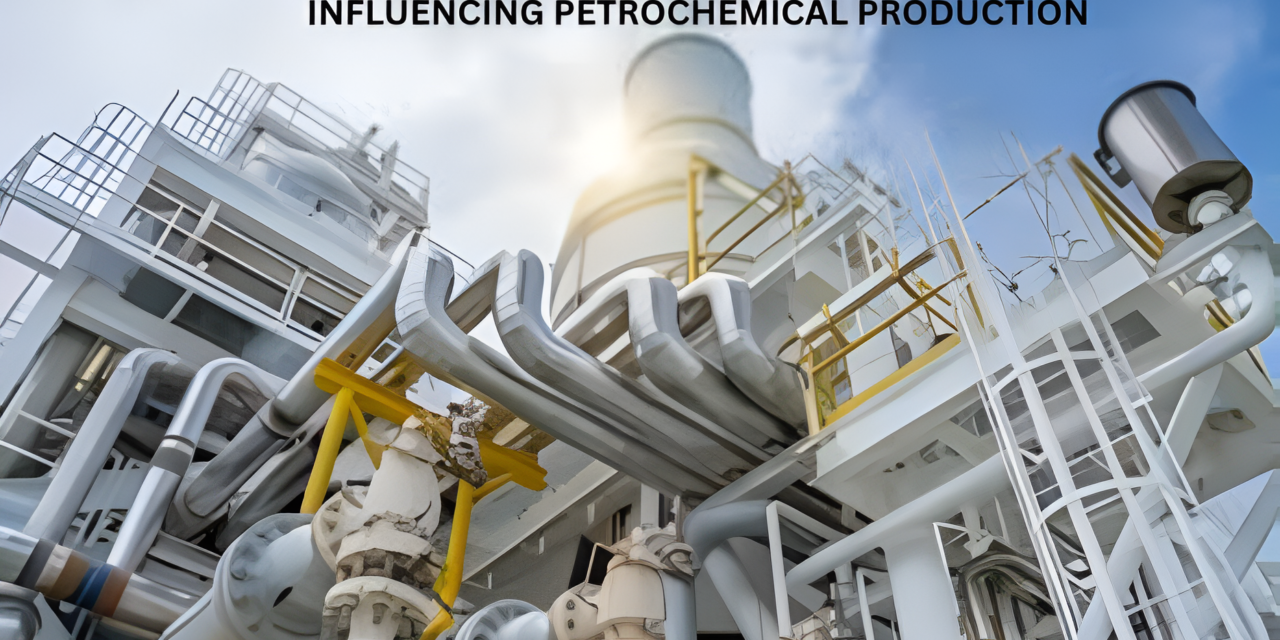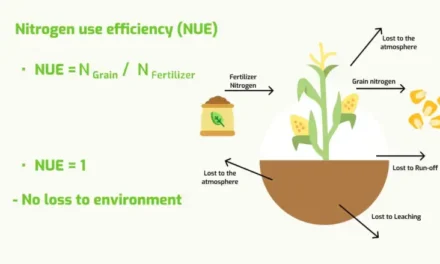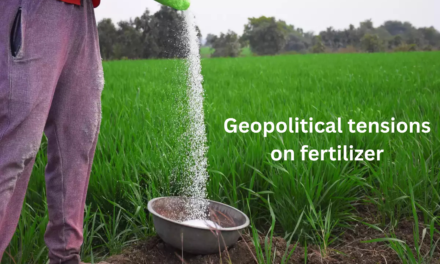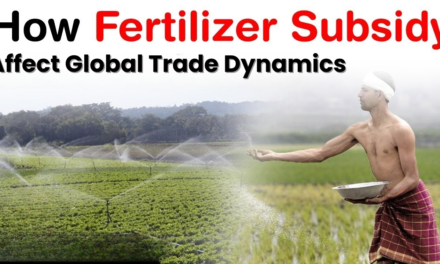Alternative feedstocks are significantly transforming petrochemical production by reducing dependency on fossil fuels, improving sustainability, and aligning with global decarbonization goals. These feedstocks include renewable, recycled, and bio-based materials that enable the production of essential petrochemicals while minimizing environmental impact. Here’s how alternative feedstocks are influencing the industry:
1. Bio-Based Feedstocks
- Agricultural Products:
- Feedstocks like sugarcane, corn, and vegetable oils are used to produce bio-ethylene, bio-propylene, and other petrochemical derivatives.
- Example: Ethanol derived from sugarcane is dehydrated to produce bio-ethylene for polyethylene production.
- Lignocellulosic Biomass:
- Non-food biomass like wood, agricultural residues, and grasses are converted into biofuels and chemicals.
- Example: Lignin and cellulose are processed into intermediates like furans for polymer applications.
- Impact:
- Reduces reliance on crude oil and lowers greenhouse gas (GHG) emissions.
2. Recycled Feedstocks
- Plastic Waste:
- Chemical recycling technologies convert post-consumer plastic waste into monomers or petrochemical intermediates.
- Example: Pyrolysis transforms waste plastics into naphtha-like liquids for use in petrochemical crackers.
- Mechanical Recycling:
- While not a direct feedstock, recycled plastics are reshaped into new products, reducing demand for virgin materials.
- Impact:
- Promotes a circular economy by recovering and reusing waste materials.
3. Carbon Capture and Utilization (CCU)
- CO₂ as a Feedstock:
- Captured carbon dioxide is used to produce petrochemical products like methanol, urea, and polymers.
- Example: Covestro produces polycarbonates and polyols using CO₂ as a building block.
- Synthetic Fuels:
- CO₂ combined with hydrogen (from renewable sources) produces syngas, a precursor for hydrocarbons and chemicals.
- Impact:
- Utilizes waste CO₂, reducing overall emissions and creating value from a greenhouse gas.
4. Waste-to-Chemicals
- Municipal Solid Waste (MSW):
- Non-recyclable waste is gasified to produce syngas, which serves as a feedstock for methanol and ammonia.
- Industrial Waste Gases:
- Gases like carbon monoxide and hydrogen from steel production or other industries are converted into chemicals.
- Example: LanzaTech converts industrial waste gases into ethanol, a precursor for ethylene.
5. Algae and Microbial Feedstocks
- Algal Biomass:
- Algae are cultivated to produce lipids and carbohydrates, which can be converted into biofuels and chemicals.
- Example: Algal oils are processed into bio-based olefins and surfactants.
- Fermentation:
- Microbes engineered to convert sugars or CO₂ into valuable chemicals like lactic acid or bio-butanol.
- Impact:
- Expands the range of renewable feedstocks while utilizing CO₂ as a carbon source.
6. Renewable Hydrogen
- Green Hydrogen:
- Hydrogen produced via water electrolysis powered by renewable energy is used as a feedstock for ammonia and methanol production.
- Methane Substitutes:
- Renewable hydrogen is combined with CO₂ to produce methane, which can replace fossil-derived natural gas in chemical processes.
- Impact:
- Decarbonizes hydrogen-intensive petrochemical production processes.
7. Agricultural Residues and Waste Oils
- Used Cooking Oils (UCO):
- Waste oils are processed into renewable hydrocarbons for petrochemical and biofuel production.
- Agricultural By-Products:
- Residues like straw, husks, and bagasse are converted into bio-based intermediates.
- Example: Bagasse-derived ethanol is used in bio-polyethylene production.
8. Syngas from Alternative Sources
- Biomass Gasification:
- Biomass is gasified to produce syngas, a precursor for methanol, ammonia, and Fischer-Tropsch hydrocarbons.
- Waste Gasification:
- Syngas from waste streams serves as an alternative to fossil-derived syngas.
- Impact:
- Diversifies the sources of key petrochemical intermediates.
9. Impacts on Petrochemical Processes
- Process Adjustments:
- Existing petrochemical plants are being retrofitted to handle alternative feedstocks, such as integrating bio-naphtha into crackers.
- New Technologies:
- Development of catalysts and reactors optimized for bio-based and recycled feedstocks.
- Impact on Outputs:
- Variability in feedstock quality and composition requires innovation in processing technologies.
10. Environmental Benefits
- Reduced Carbon Footprint:
- Using renewable and recycled feedstocks significantly lowers the life-cycle emissions of petrochemicals.
- Waste Reduction:
- Diverts waste from landfills and oceans, contributing to environmental conservation.
- Alignment with Regulations:
- Meets increasingly stringent sustainability regulations and consumer demand for eco-friendly products.
11. Challenges and Limitations
- Economic Viability:
- High production costs for alternative feedstocks compared to fossil-based feedstocks.
- Scalability:
- Limited availability of bio-based and recycled materials for large-scale production.
- Infrastructure:
- Retrofitting existing facilities and building new plants for alternative feedstock processing require significant investment.
- Quality Variability:
- Ensuring consistent quality of recycled or bio-based feedstocks can be challenging.
12. Case Studies
- Braskem’s Bio-Polyethylene:
- Uses sugarcane ethanol to produce bio-based polyethylene, marketed as “I’m green™.”
- Dow and UPM Biofore Partnership:
- Produces bio-based ethylene from forestry residues.
- BASF’s ChemCycling:
- Converts mixed plastic waste into feedstocks for petrochemical production.
13. Future Outlook
- Innovation in Feedstock Conversion:
- Advanced technologies like biocatalysis and thermochemical processes will improve efficiency.
- Circular Economy Integration:
- Increasing reliance on recycled and renewable feedstocks as the industry moves toward net-zero goals.
- Policy and Incentives:
- Government incentives and carbon pricing will drive adoption of alternative feedstocks.
Conclusion
Alternative feedstocks are revolutionizing the petrochemical industry by providing sustainable pathways for chemical production. While challenges like scalability and cost persist, innovations in technology and supportive regulations are accelerating the shift. This transition not only enhances environmental sustainability but also ensures the industry’s resilience in a decarbonizing global economy.
Hashtags
#AlternativeFeedstocks #FeedstockInnovation #PetrochemicalFeedstocks #SustainableFeedstocks #NextGenFeedstocks #PetrochemicalInnovation #GreenPetrochemicals #SustainablePetrochemicals #FutureOfPetrochemicals #EcoPetrochemicals #BioBasedFeedstocks #WasteToChemicals #CarbonCaptureFeedstocks #RenewableFeedstocks #HydrogenEconomy #CircularPetrochemicals #SustainableChemistry #GreenChemistrySolutions #LowCarbonPetrochemicals #NetZeroPetrochemicals

















